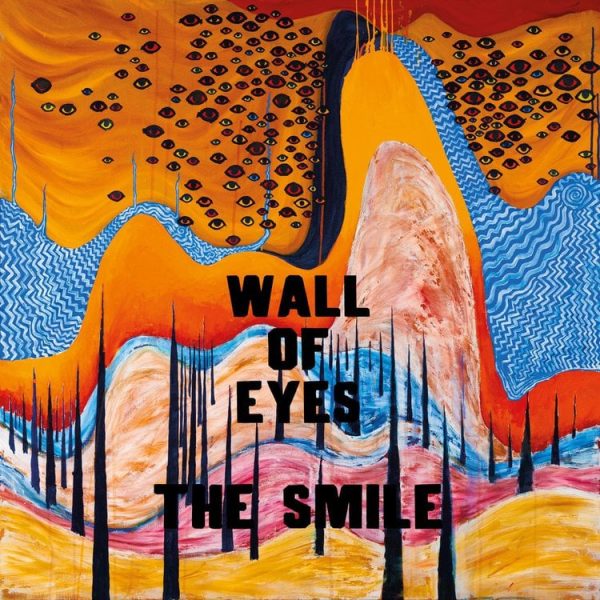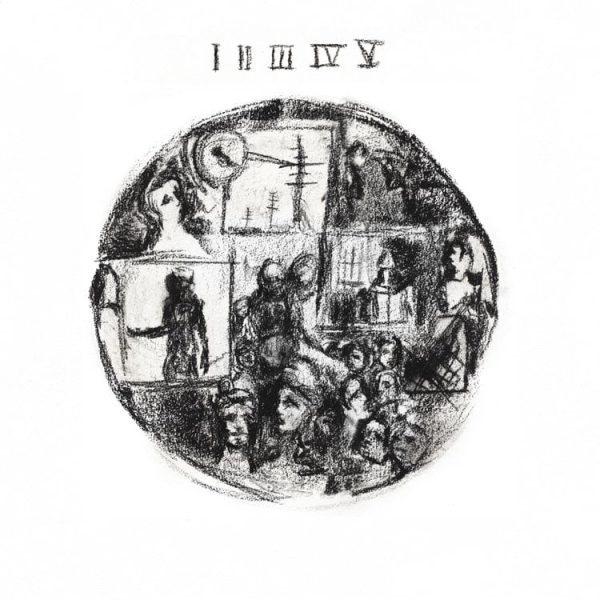History of Halloween

The holiday known as Halloween has been around for a long time, so it has quite a rich history. There are a few different origins to the holiday and many of the traditions, but there are also a few parts that are set in stone. Most of the traditions have continued into society today and are still seen within the modern traditions associated with the holiday.
While the exact origins of the holiday are somewhat of a mystery, it is widely believed that Halloween started in Ireland in the 18th century. The phrase “Halloween” is believed to be of Irish or Scottish origins, meaning “All Hallows Eve,” as the holiday takes place before the Christian celebration of All Saints Day.
Due to the holiday taking place before All Saints Day, numerous historians argue that it is a holiday of Christian origin; however, it’s believed that the holiday has pagan roots. A different origin of the holiday claims it’s the end of the harvest in Gaelic traditions. It was believed that certain creatures would come around as a result of the change in temperature. This is part of where most of the legends involving monsters and the haunted atmosphere around Halloween comes from.
Many of the traditions that are observed today for Halloween are the result of an ancient tradition. For example, the tradition of carving Jack O’Lanterns evolved from an Irish legend about a man named Jack who was not allowed to enter Heaven or Hell after death. By carving and lighting a Jack O’Lantern, people could ward off his spirit and other evil spirits. Although Jack O’Lanterns are associated with pumpkins, they were originally carved out of turnips. The idea of carving faces into a vegetable, however, remains to this day.
Another one of these traditions that originated from Irish legends come from the belief that they would ward off the devil. While not so much based off of rituals, the tradition of trick-or-treating also holds its origins in Ireland and Scotland around the celebration. Originally, the practice involved people going door to door and singing in exchange for food, which over time evolved into children wearing costumes and receiving candy.
Though some of the traditions involved with the holiday have their origins in ancient Ireland and Scotland, there are some traditions that are fairly newer than other ones. Many of the newer traditions have their origins in the colonization of America and have only been around since the early 20th century. One of the newer traditions is the carving of pumpkins. Even though carving vegetables has been around longer, carving pumpkins came up due to them being bigger than turnips, thus easier to carve.
Another fairly new tradition associated with Halloween is the version of trick-or-treating as we know it. While the tradition has its roots in the original Irish tradition, it has evolved into the practice it is today in the early 20th century. Additionally, in 1950, a new tradition was started by UNICEF called “Trick-or-Treating for UNICEF.” Instead of collecting candy, children collect money to donate to UNICEF to help those in need.
The holiday of Halloween has a lengthy history with many traditions that have a rich background associated with them. All these different traditions have contributed to the holiday as we know it today.










